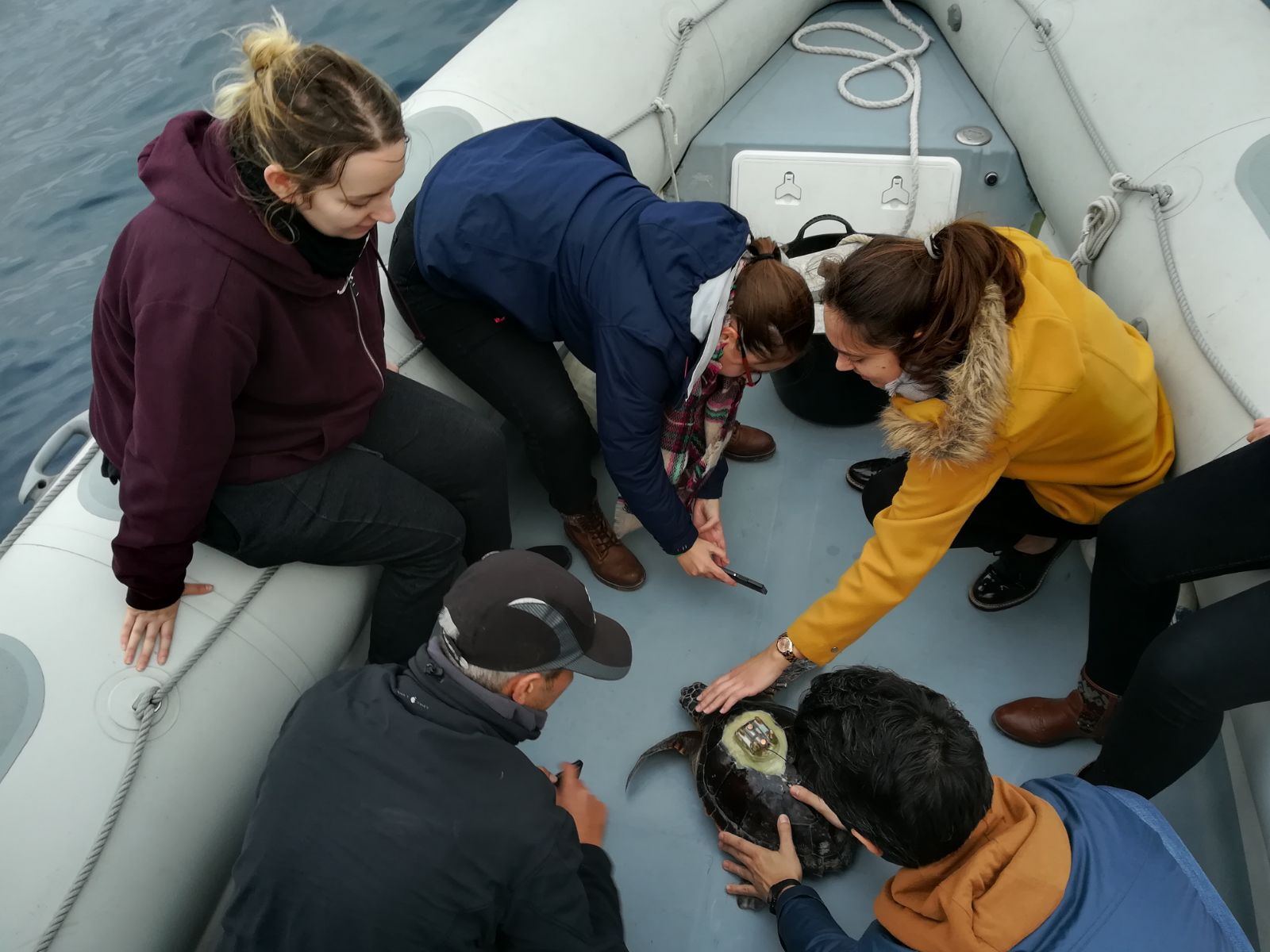A team from the Research Institute for the Integrated Management of Coastal Zones (IGIC)of the Gandia campus of the Polytechnic University of Valencia (UPV). has participated in an international study that has tracked the movements of more than 100 species of large marine animals, identifying the most important areas of the world’s oceans to improve their conservation. This project, coordinated by the Australian National University, endorsed by the UN and called MegaMove, brings together nearly 400 scientists from more than 50 countries and concludes where it would be most effective to implement protection measures to conserve species such as sharks, whales, turtles and seals, known as marine megafauna, among others. The work has been published in Science.
Currently, marine protected areas cover only 8% of the world’s oceans, although the UN’s Altamar Treaty seeks to expand this figure to 30%. The study confirms that the objectives of this treaty – already signed by 115 countries, but still pending ratification – are an important step towards helping conservation. However, it points out that this target is insufficient to cover all the critical areas used by threatened marine species, so additional measures are needed to reduce the threats they face.
Among the most emblematic marine species – known as marine megafauna – are sharks, whales, turtles and seals. They are, for the most part, key predators in marine food chains, but are increasingly threatened by human activity. Marine ecologist and lead author of the study, Associate Professor Ana Sequeira of the ANU, explains that the aim of the work was to identify the areas used by these animals for essential behaviors such as feeding, resting or migrating. To do this, they have analyzed their movement patterns.
“We found that the areas used by these animals largely coincide with threats such as fishing, shipping, rising temperatures and plastic pollution. The goal of protecting 30 percent of the oceans is important, but it is not enough to protect all key areas. So we need additional strategies to reduce the pressures on these animals beyond the areas to be protected. Our research shows that, in addition to protected areas, it will be key to implement measures such as modifying fishing gear, changing the lighting of nets or establishing alternative maritime routes to reduce human pressure on these species,” says Ana Sequeira.
On behalf of the UPV, Professor Eduardo Belda and MEMIC alumna Sara Abalo have worked on satellite tracking of loggerhead turtles in the Mediterranean, tagging sea turtles, data collection and processing. Marine animals are more difficult to study than terrestrial animals, satellite tracking allows us to obtain detailed and updated information on their behavior, habitat, distribution and migratory routes, as well as the potential threats they may encounter on their journey through the sea.
Reference:
Ana M. M. Sequeira et al., Global tracking of marine megafauna space use reveals how to achieve conservation targets. Science388,1086-1097(2025). DOI:10.1126/science. adl0239.

